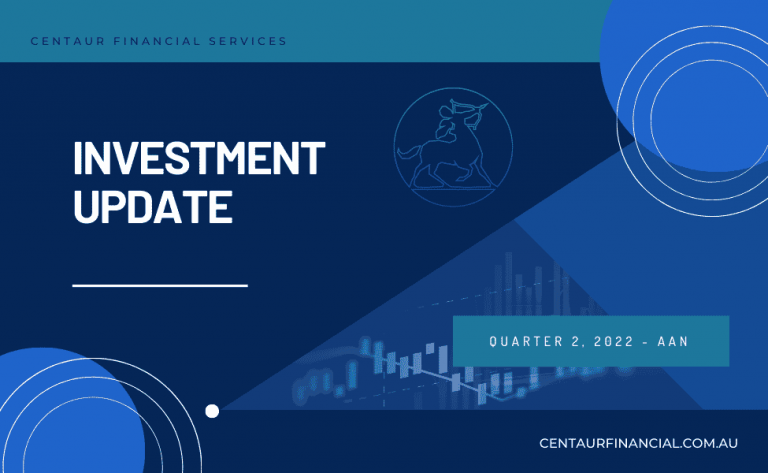“I have two kinds of problems, the urgent and the important. The urgent are not important, and the important are never urgent.”
— Dwight D. Eisenhower
For most of us managing our time means dealing with the million and one little things demanding our attention, which often takes our focus away from the vitally important things that might not be so pressing right now.
Dwight Eisenhower, five-star general and 34th president of the United States of America, was a master of time management who managed to tick off quite a few items on his to-do list during his time as President. His achievements included ending the Korean War, keeping the peace during the Cold War with Russia, introducing the Interstate Highway System, creating NASA, and drafting a major piece of civil rights legislation.
During his career, he often had to make ruthless decisions about how he spent his time and developed a concept of categorising and prioritising tasks to aid in time management. This concept was expanded upon three decades later in the best-selling book, ‘The 7 Habits of Highly Effective People’ and termed “The Eisenhower Matrix”.
While it sounds quite an obvious thing to focus on the most important tasks, it can be something we struggle with as we tend to have an innate bias toward the urgent, at the expense of the important.
We are hard wired to focus on urgent tasks
Time management research reveals that when faced with tasks of mixed urgency, people tend to focus on time-sensitive tasks over tasks that are less urgent, even when the less urgent tasks offer greater rewards. This is known as the “Mere-Urgency Effect”, and it explains why our approach to task and time management often means we don’t get the important stuff done.i
And the more you have on your plate the more pronounced this is. The same research found self-described ‘busy’ people were more likely to prioritise urgent tasks with lower rewards because they are more likely to be focused on the clock.
The Eisenhower Matrix
Eisenhower’s matrix has four quadrants and users are encouraged to decide which category their activities fall into and there are strategies for how best to deal with each one.
Urgent & important activities are tasks with clear deadlines and consequences if immediate action is not taken. Examples include finishing a client project or picking up a sick child from school. These should be prioritised.
Not urgent & important activities are those without a set deadline that bring you closer to your goals. As these are not urgent these are easy to put off so should be scheduled for a later date – but you must ensure you stick to that schedule. Examples include strategic planning or networking to develop your career.
Urgent & not important activities don’t have to be done by you and if possible, should be delegated to someone else. These are often smaller everyday tasks, such as setting up meetings or uploading blog posts.
Lastly, activities in the not urgent and not important category often serve as distractions to the important stuff. Think binge watching a program or time spent scrolling through your social media. These can be avoided altogether or at least done in moderation.
Keep in mind that everyone has different priorities and only you can know which tasks are important for you, and which ones aren’t.
And even if you don’t want to emulate Eisenhower and run all your activities through the lens of this matrix, maybe just instead of trying to cram as many tasks as possible into your day, try prioritising those that matter to you and will improve your life or those that progress you toward achieving your goals and dreams.
i https://psycnet.apa.org/record/2019-23349-011








































































